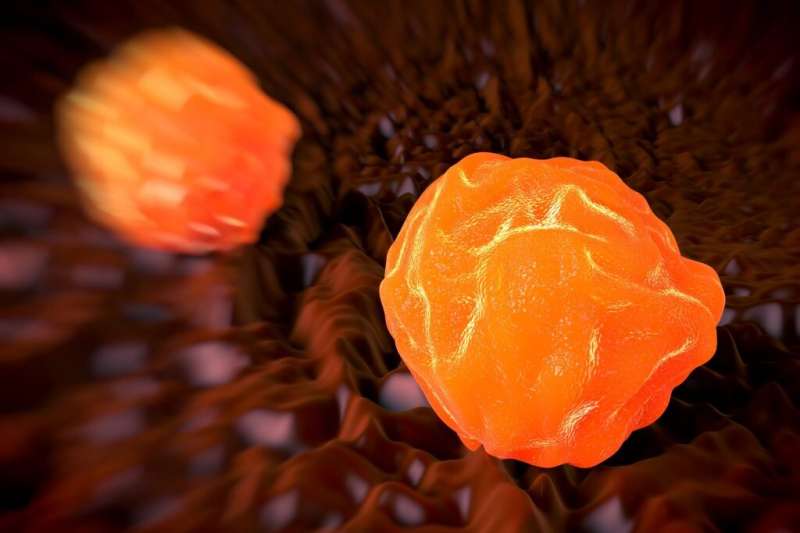Delivery of healthy donor cells key to correcting bone disorder, researchers find

Osteogensis imperfecta (OI) is a group of genetic disorders that mainly affect the bone. Patients with OI have bones that break easily, sometimes with no apparent cause.
The disorder is commonly caused by mutations associated with type 1 collagen or molecules that participate in collagen processing, which results in a defective collagen bone matrix. Current treatments for OI aim to help correct the defective bone matrix, but fail to focus on the underlying collagen defect
In the journal Stem Cells, research group of Dr. Ivo Kalajzic, lead investigator and professor, presents a study with potential for new treatments to address the root cause of weak and brittle bones. This work is a result of concerted effort by a postdoctoral fellow Dr. Ben Sinder, Dr. Sanja Novak, research instructor and Dr. Peter Maye, associate professor, in the Center for Regenerative Medicine and Skeletal Development in the Department of Reconstructive Sciences at the UConn School of Dental Medicine, along with Dr. Brya Matthews now a researcher at the University of Auckland, New Zealand.
"This is a basic research study with potential for future translation into practice," Kalajzic said.
In this study, the researchers transplanted healthy donor bone marrow cells directly into the femur of mice with OI. One month post-transplantation, the researchers found that 18% of the surface that was injected with the donor cells expressed osteoblasts—cells that help form new bone tissue—that indicated engraftment, or growth. Long-term engraftment was then observed 3 and 6 months post transplantation. The researchers found that healthy donor cells that replace mutant collagen have the ability to help improve bone strength and structure.
The study proved that healthy donor stem cells that produce normal collagen in OI patients has the potential to increase bone mass and correct the mutant collagen matrix. The findings unlock the potential for new therapies to help correct the adverse effects of OI.
More information: Benjamin P. Sinder et al. Engraftment of skeletal progenitor cells by bone directed transplantation improves osteogenesis imperfecta murine bone phenotype, Stem Cells (2019). DOI: 10.1002/stem.3133



















